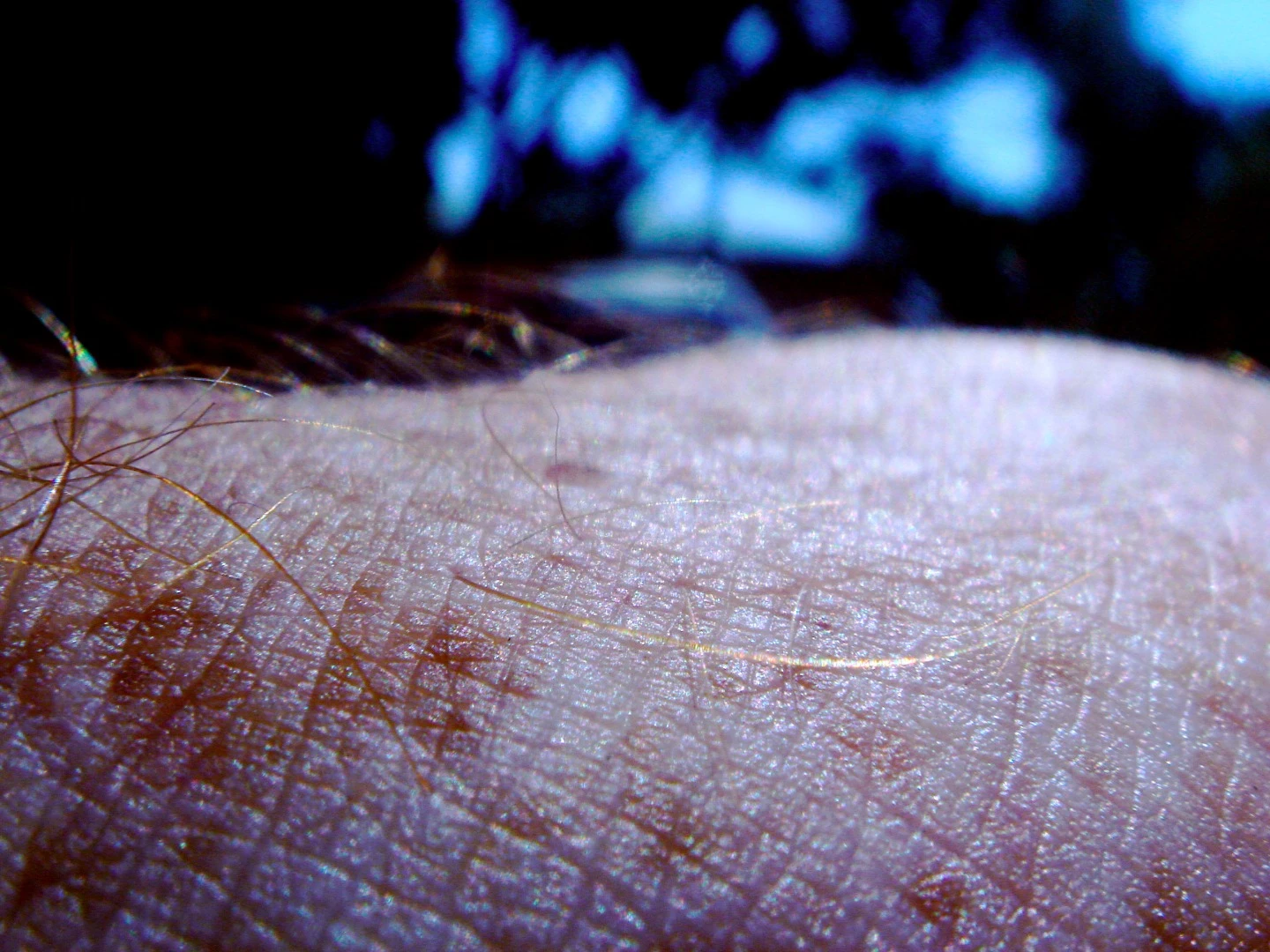A new, portable imaging system could have a big impact on doctors' abilities to study patient tissue, both on a surface level, and further down. The technology combines optical and gamma imaging, and has already been successfully tested in a clinical pilot study.
The imaging device was developed by a collaborative team, comprised of researchers from the Universities of Leicester and Nottingham. It employs a hybrid system that's able to optically study the surface of tissue, while peering deeper using a technique called scintigraphy.
The technique involves the patient being injected with radionuclides that interact with certain physiological functions of the body, giving off information-rich signals that are then detected by a gamma camera. This combination optical-gamma imaging solution lets doctors build multi-dimensional views of the body, bringing together molecular data and optical views of surface features such as the skin and eyes, viewing them together in the same frame.
While the hybrid imaging technology itself isn't ground-breaking, such devices are usually very bulky, and can't be easily moved around. The new device is portable, and could end up being used in numerous settings.
"This scanner has hand-held potential and can be used in a variety of settings, including the outpatient, patient bedside, operating theater and intensive care unit," said the University of Nottingham's Alan Perkins, PhD.
A clinical pilot study using the hybrid device has already taken place, focusing on routine imaging of thyroid and lymphatic tissues, as well as tear ducts, lacrimal glands, and bones. The results showed the technology to be effective, displaying clear optical information and molecular data together.
The team plans to continue to investigate the imaging technique, working to evaluate and improve it before it becomes, potentially, more widely used in the medical community.
Full details of the new device, and the corresponding study, are published online in the Journal of Nuclear Medicine.




